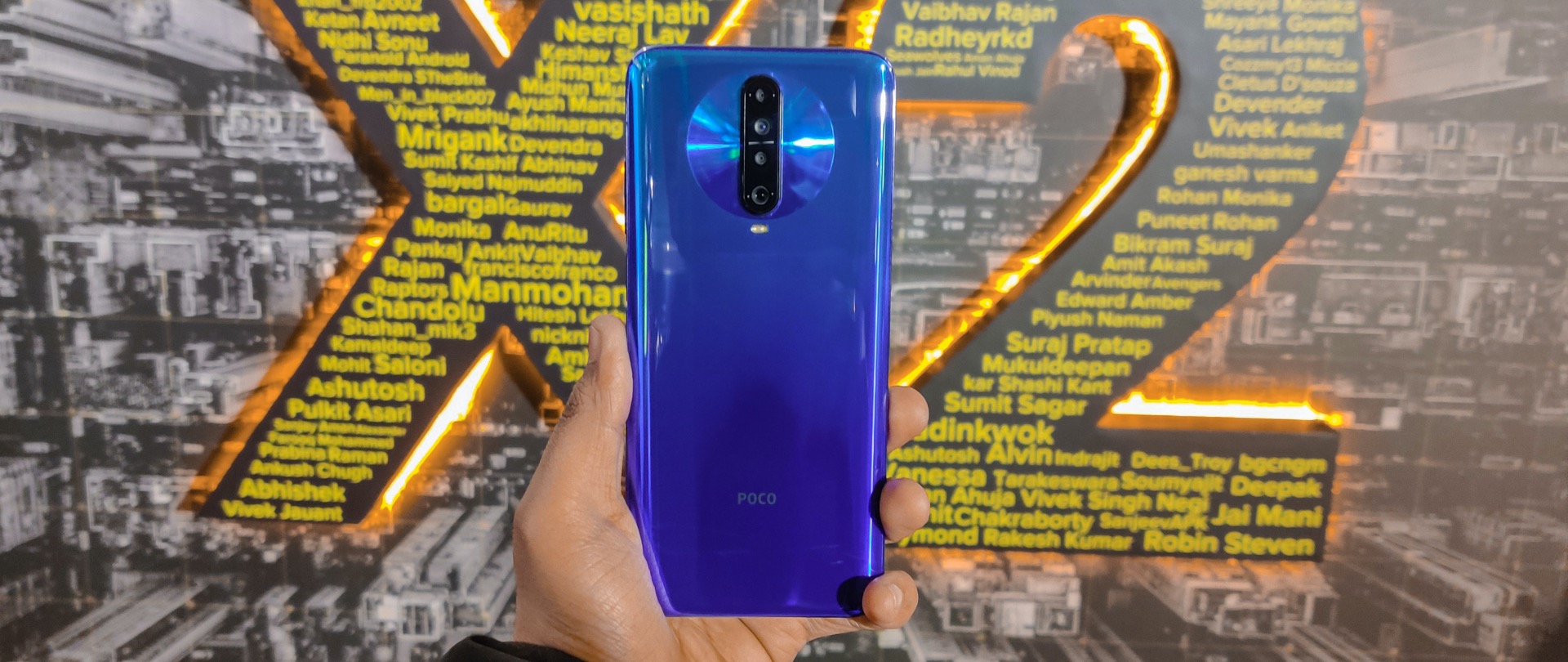TechRadar Verdict
Poco X2 aims to put a dent in the mid-range smartphone market with a high refresh-rate screen, versatile cameras and swift performance that's been fine-tuned for gaming. All of this, packed in a neat package that starts at a mouth-watering price of Rs 15,999.
Pros
- +
Large screen for viewing
- +
Decent set of cameras
- +
Powerful Snapdragon 730G chip
- +
Sweet pricing
- +
Great battery life
- +
Physical fingerprint sensor
Cons
- -
No telephoto lens
- -
No 120fps games support
- -
Ads and bloatware
Why you can trust TechRadar
Poco X2 is official in India putting rest to all the rumours and leaks about the successor to the Poco F1. However, according to the now-independent Poco, the X2 isn’t a successor to the F1 and instead targets a different set of users and price segments, leaving doors open for a possible Poco F2 phone in the near future.
For those aware of its uncanny resemblance to the Redmi K30 that was unveiled in 2019, it’s essentially the same phone but has been specially tuned for the Indian consumer. The Poco X2 also marks several firsts for the company (Poco and Xiaomi), featuring a 120Hz refresh rate screen, a side-mounted fingerprint reader, dual punch-hole cutout and Sony IMX686 64MP sensor.
We’ve been using the Poco X2 for a while now and here’s what we found out.
Price and Availability
Poco X2 starts at Rs 15,999 in India for the base variant with 6GB RAM and 64GB storage and Rs 16,999 for the 128GB storage option. The maxed-out Poco X2 with 8GB RAM/256GB storage will be up for grabs at Rs 19,999 and it’s available on Flipkart and Mi India store.
Poco X2 will be available in three colours from February 11-- Atlantis Blue, Matrix Purple and Pheonix Red.
Design and Display
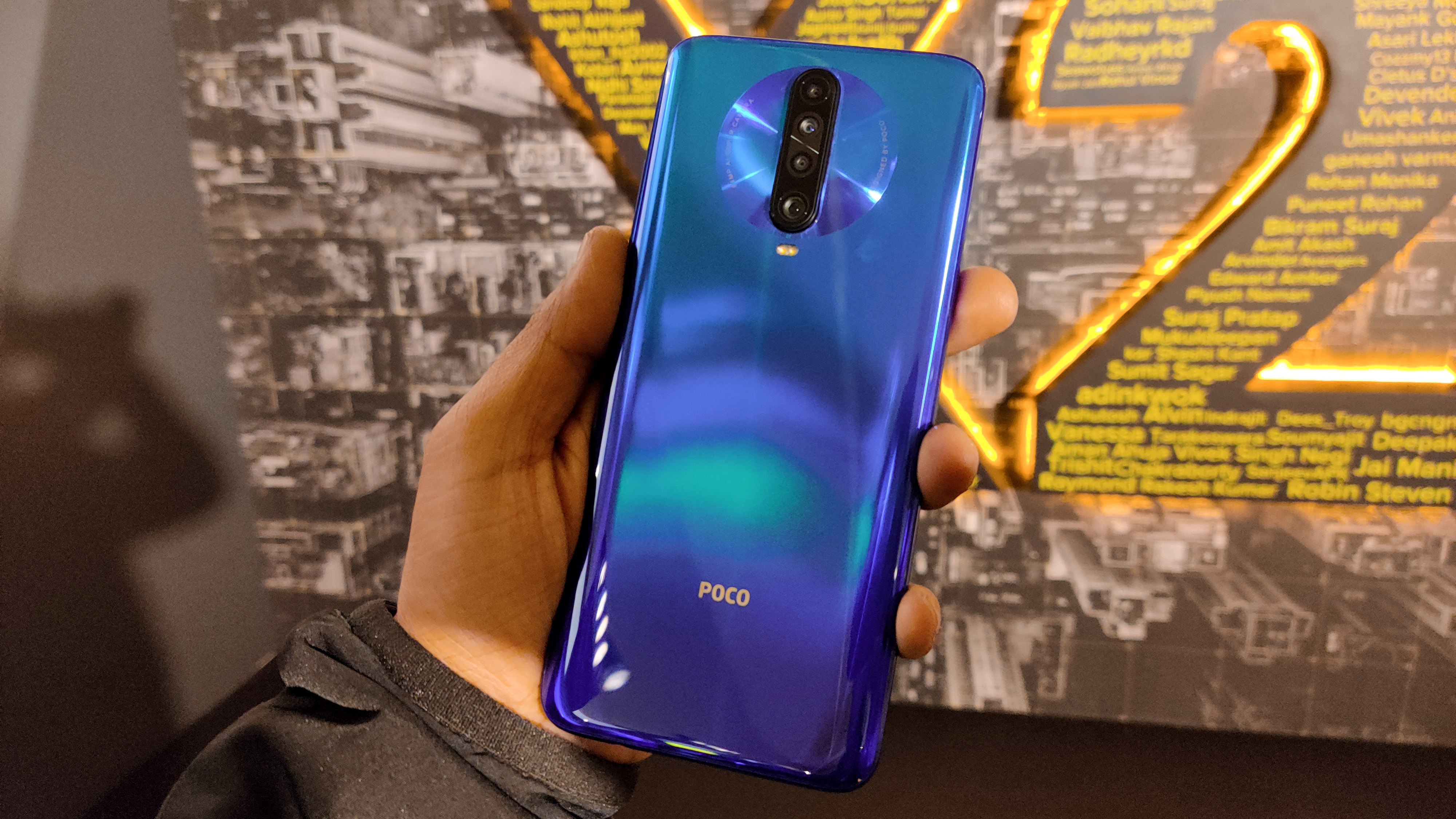
Poco X2 has a plastic-glass sandwich design flanked by Gorilla Glass 5 on the front and the back. The phone is 8.8 mm at its thickest point and weighs 208 grams. It also uses nano-coating to protect itself against liquid and comes with the P2i splash-proof certification.
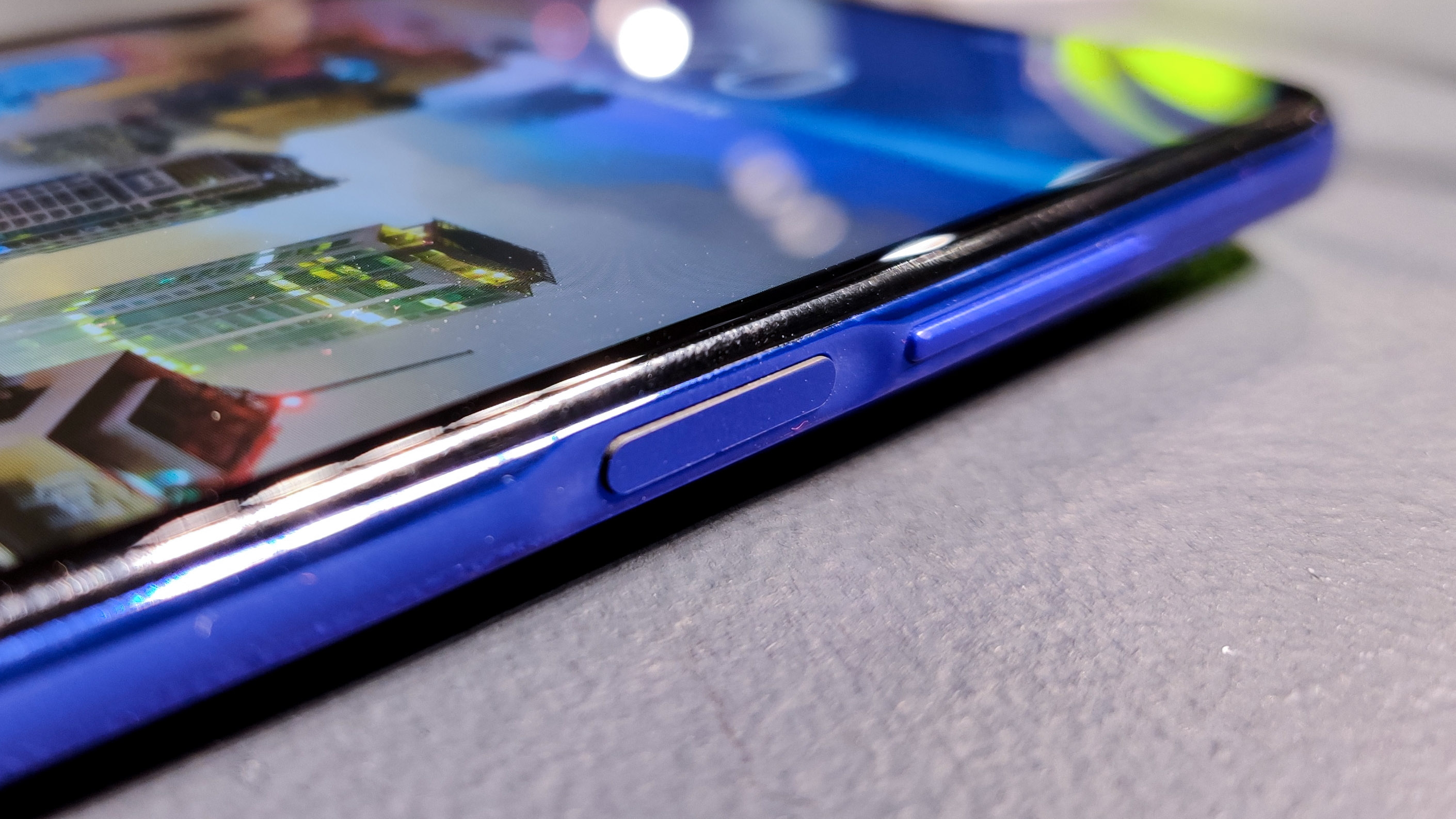
The X2 has a side-mounted fingerprint sensor as opposed to on-display readers that are becoming increasingly common. Having said that, not all OEMs have mastered the in-screen sensor yet and therefore Poco’s implementation of a physical sensor is just as good and also, dependable. In daily use, the phone was able to unlock very quickly as tapping the power button almost instantly takes you to the home screen.
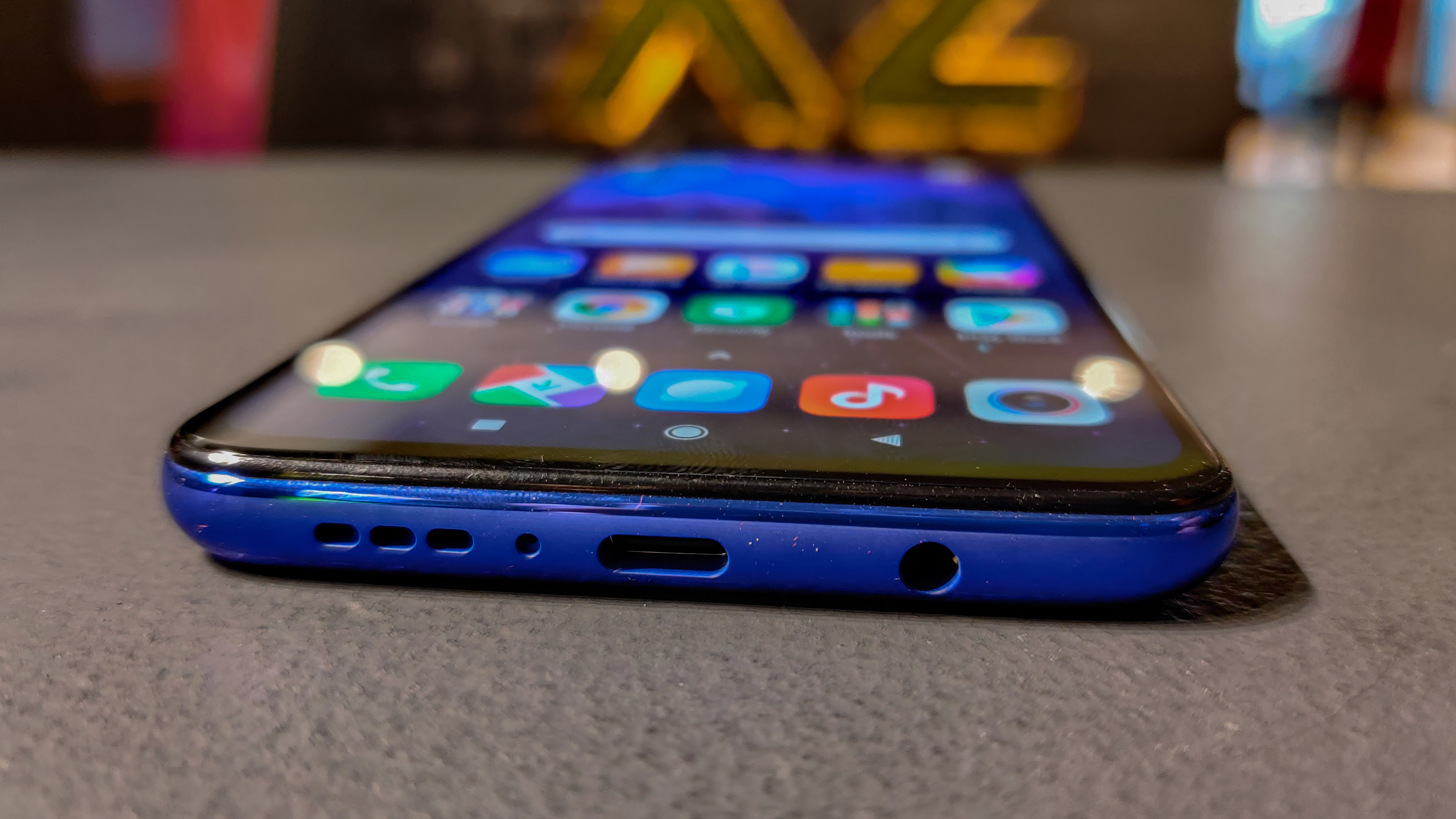
The bottom edge is home to a USB Type-C port, a 3.5mm earphone jack and speaker grille. There’s an IR blaster on the top edge and volume rockers on the right edge, above the power button that doubles up as a fingerprint sensor. On the left, there’s a hybrid SIM card slot that houses either a single SIM with a microSD card or two SIMs.

On the back, there’s a camera module surrounded by a reflective convex ring that highlights the quad-camera array. But otherwise, the entirety of the rear panel has a glossy slippery finish and you will have a hard time keeping it smudge-free. There’s a clear case provided in the box which offers a grip and keeps the rear panel free of smudges but it further increases the thickness of the phone.
In our use, we found the Poco X2 to be well-built and quite handy. The glossy finish is in line with the current trend of the smartphone industry but there’s nothing that stands out of the crowd. That is if you don’t consider the reflective ring design on the back to be an identifying feature like us. A lesson from its history book would have given Poco a lot of insight about the unique design of their first phone, the F1, that they could’ve worked upon.
It’s not to say that the Poco X2 looks ugly. It is comfortable to hold in the hand and the glass on the back gives it every bit of premium vibe as it deserves. There’s a certain heft to it when holding in the hand due to its large form factor, but that also gives you a larger display for watching videos or playing games.
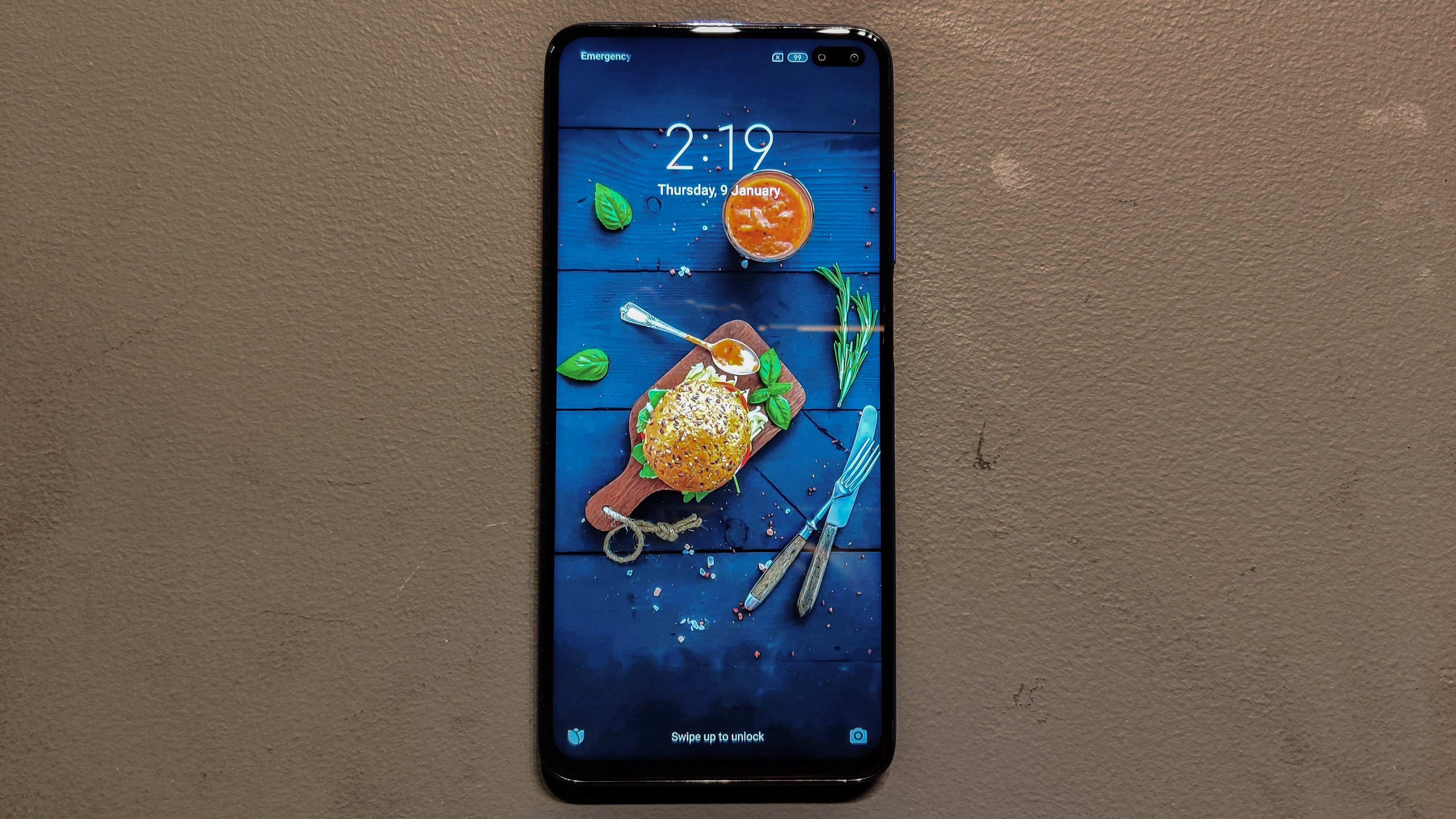
Poco X2 features a wide 6.6-inch Full HD+ (2400 x 1080 pixels) resolution LCD screen with a dual punch-hole cutout in the top-right corner. This gives the display a 20:9 aspect ratio giving it a widescreen estate for viewing multimedia or just casually scrolling past your Instagram feed.
The highlight of the display on the Poco X2 is that it supports a 120Hz refresh rate which offers smooth navigation and helps improve the gaming experience. Poco has built-in something called Intelligent Dynamic Refresh Rate which manages the refresh rate of the screen based on the usage. You can alternatively choose the default refresh rate between 60Hz and 120Hz.
Poco’s implementation of 120Hz doesn’t find a home simply because it’s not optimized to the level that can prove to be useful for the end consumer. The smooth scrolling effect is visible but that’s possible when you look at the best-case scenario. Otherwise, there aren’t any games right now that support the 120Hz refresh rate on the Poco X2. That’s to say that the hardware is there but the games haven’t been turned for the X2 yet to be able to run at high refresh rates.
We tested two of the most popular games on GameBench Pro performance metrics, Call of Duty Mobile and PUBG Mobile. While CoD Mobile was able to touch 55 median fps, PUBG Mobile couldn’t go beyond 30fps.
Being an LCD panel, the screen can reproduce close-to-natural colours however, it doesn’t even come remotely close to the vivid colours with deep blacks offered by OLED panels. The display is also certified for HDR10 playback which makes it a great option to binge-watch Netflix.
The screen of the X2 is bright enough with decent sunlight legibility and while we would have preferred an AMOLED screen instead, the price point of this phone is just too delicious for you to miss it.
As for the dual punch-hole cutout, we found it to be a bit of distraction when watching videos on the phone and it’s not a great experience. This is a matter of personal preference but if you thought that the two punch-hole cutouts won’t hinder your viewing experience, you might want to have a closer look at the phone before getting it.
The display with a 120Hz refresh rate is a major upgrade for phones in this price segment as it enhances the overall experience of using the phone. We think this democratization of high refresh rate screens by Poco is going to push other OEMs in a similar direction and we expect to see high refresh rate displays cutting through different price segments this year. But more than that, developers need to make use of the high-refresh-rate hardware that’s available on the Poco X2 to tune their games in accordance.
- Siddharth Chauhan is the Consumer Technology Reporter at Digit India. He used to work as an Assistant Editor at TechRadar India
